How to Freeze Milk: Everything You Need to Know
Have you ever found an incredibly cheap price on milk when you were at the grocery store, but also had to consider that your family doesn’t drink it fast enough? If your family is like mine, there are weeks where you can’t seem to have enough of it, while others, that gallon of milk just sits there. If only there was some way that milk would keep for a longer period of time. Let’s talk about how to freeze milk! In case you missed this post Acidic Foods: What You Need to Know
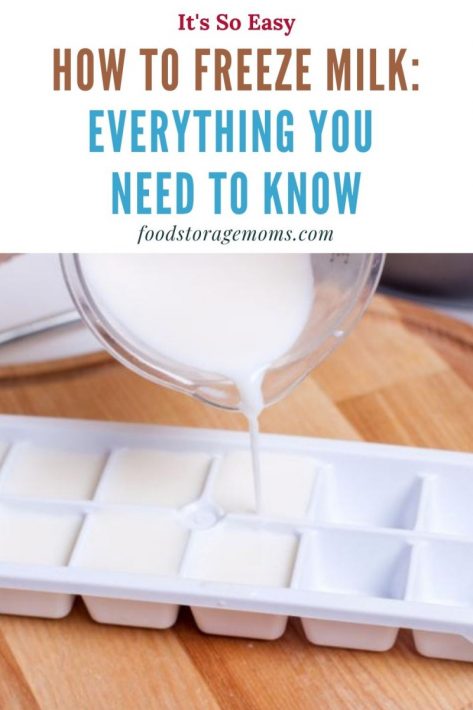
How to Freeze Milk
Well, it turns out, there is. Maybe you’ve already tried to freeze milk in the past but it didn’t quite have the same taste as you would have liked? If that was the case, you may not have frozen it properly. Here’s the correct way(s) to freeze milk, along with everything else you need to know.
How to Freeze Milk in the Original Container
Many people choose not to break the seal on their gallon of milk so that the air doesn’t come into contact with it. This ensures that it stays fresh. Another reason not to open the cap is that you’ll notice the thawing process can cause a mess.
Also make sure that you shake your gallon of milk vigorously for at least a minute before you put it into the freezer. This will allow the fats in your milk to freeze better, especially if you’re drinking raw or whole milk.
It’s important to remember that milk, just like most other liquids, will expand once it’s been frozen, so leaving your milk in a glass or cardboard container isn’t a good idea. Not only will your milk be wasted, but you’ll have a big mess in your freezer.
Freeze in Smaller Portions
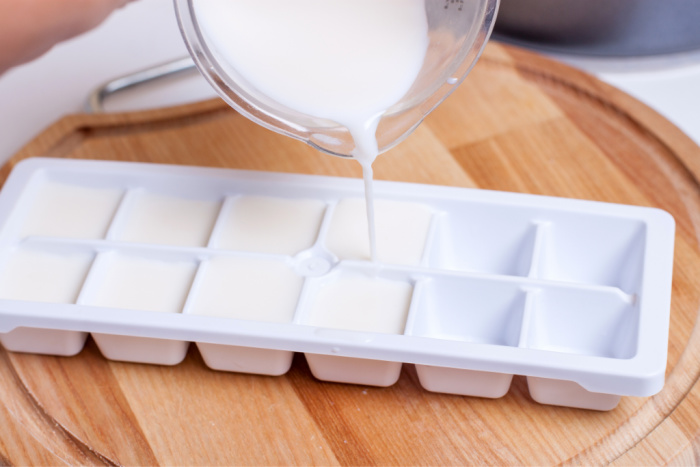
A gallon of milk can take up a lot of space in your freezer, and you may not have the room to spare. Freezing in smaller portions is an option. Many baking recipes tend to call for one cup of milk as one of the ingredients. So why not freeze your milk in cup-size increments?
Simply pour a single cup of milk into a Ziploc bag and lay it in a flat position. When it’s time to use it, simply plan accordingly by allowing it to thaw in the refrigerator.
But what about recipes that are only calling for 1 to 2 tablespoons of milk? Some people will freeze small amounts of milk in ice trays and then place them in Ziploc baggies for quick and easy convenience. However you decide to freeze your milk, make sure that you place it in an air-tight container or baggie.
Cook and Then Freeze
It’s also safe to cook your milk and then freeze it afterward by placing it in smaller air-tight containers and then placing them in your freezer. This is not the most common method, but just so that you know that it’s perfectly okay to do.
How Long Does it Keep?
Frozen milk will last between 3 to 6 months in the freezer, though it’s better to enjoy it within a month or less. Don’t let it sit around once you thaw it out. You’ll want to use it up within 7 days. Most people can notice a difference in the texture of the milk after it’s been frozen, so instead of drinking it as is, it’s better suited for making smoothies, baking, or cooking with it.
When It’s Time to Thaw
When it’s time to take the milk out of the freezer, there are a few things for you to keep in mind. First, you may notice that your milk has a slightly yellow color to it instead of the normal white milk color that you’re used to.
This is totally fine, and once it’s been thawed, it will return to the white color that it once was. All you are seeing is the fats that have separated during the freezing process.
Many people out there will tell you that it’s okay to thaw your milk at room temperature, but that’s not the case. Using this method will risk the quality of your milk and may even allow the right conditions for bacteria to start to grow. Yuck! No, frozen milk should be thawed gently and slowly by moving it to your refrigerator.
It also helps if you take your milk out of your refrigerator every hour or so and give it a good shake for a minute each time. You’ll know it’s thawed when you’re no longer hearing or feeling any ice shaking around. You can even use a blender to help thoroughly mix it if you wish. Now it’s ready for you to drink and enjoy!
Final Word
When you decide to freeze your gallon of milk, you’ll have the comfort of knowing that you’re not forfeiting any of its nutrients. The only thing that’s changed is the homogenization of it. (The process of distributing the fats more evenly.) Here are a few other milk freezing guidelines for you to look into.
If you’ve found success in freezing milk in the past, did you notice a difference in texture? In what ways did you use your frozen milk? Please stay well and keep prepping, we must. May God bless this world, Linda
Copyright Images: Freezing Milk AdobeStock_132810215 by qwartm, Milk in Bottles Deposit photos_154228202_s-2019

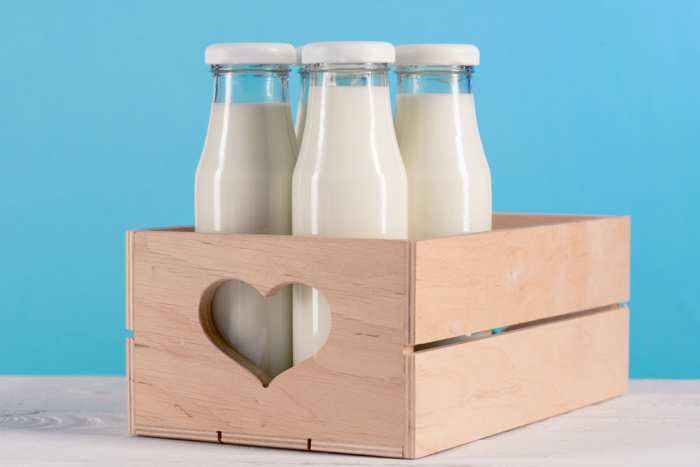


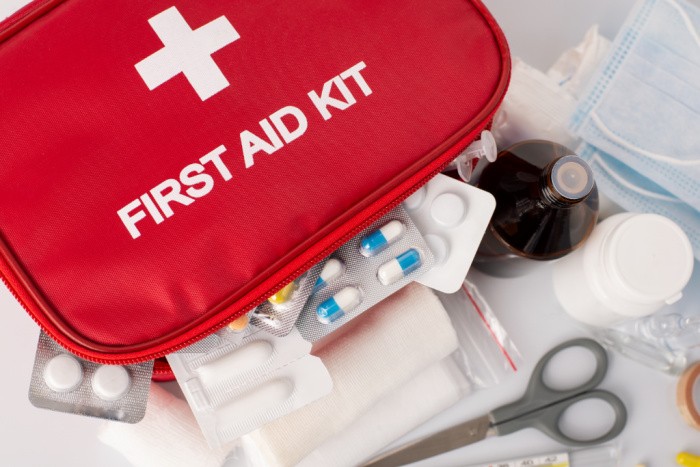

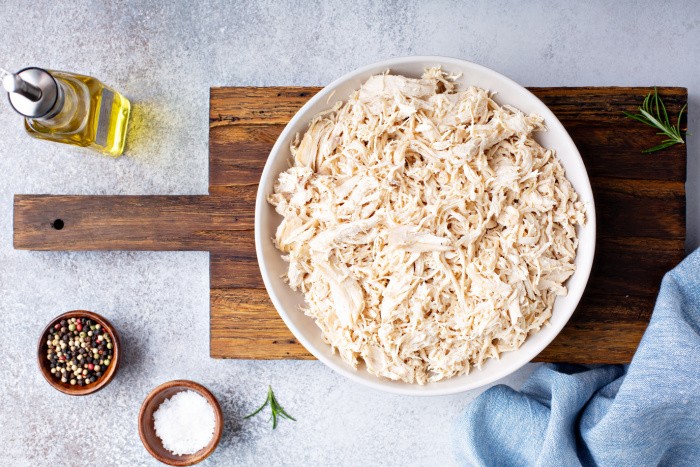
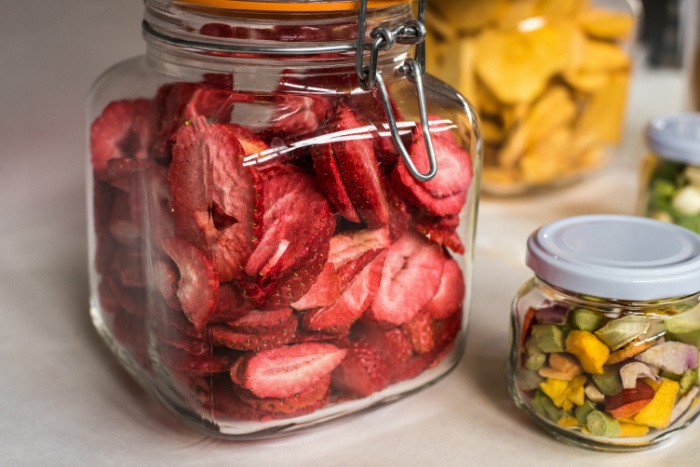

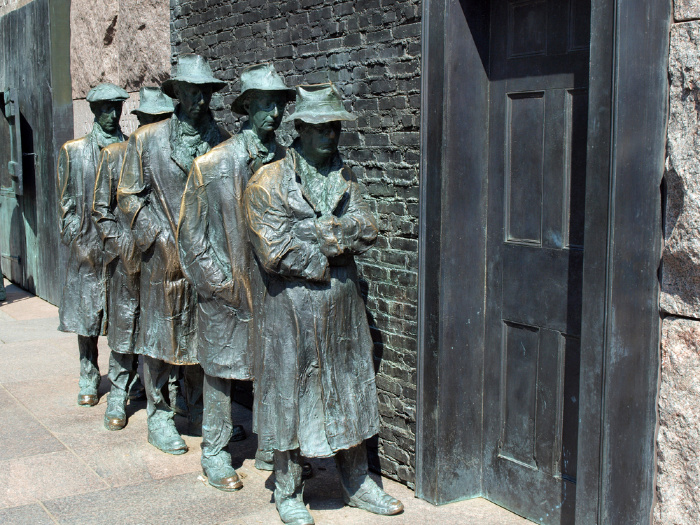



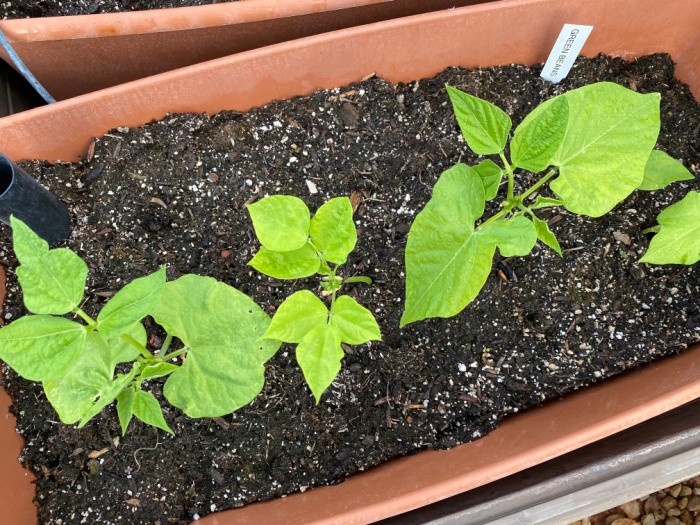
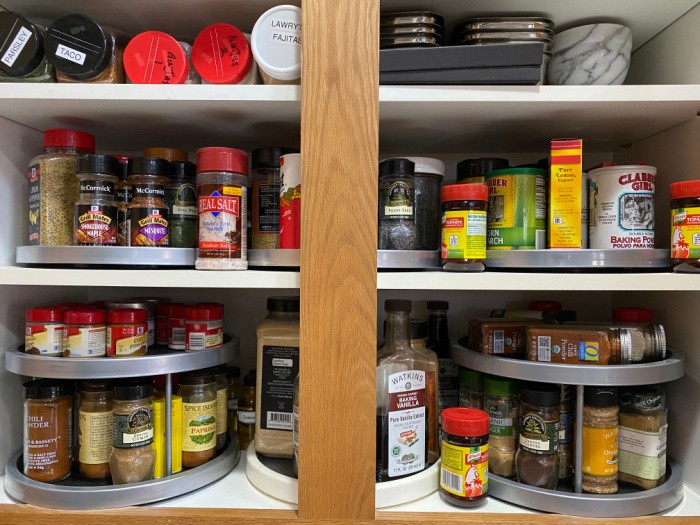
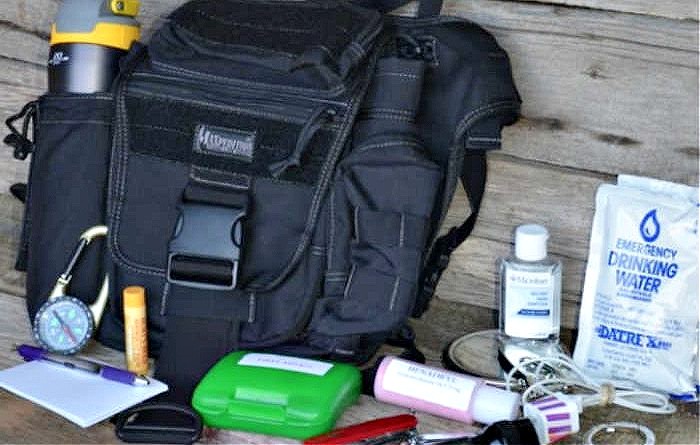

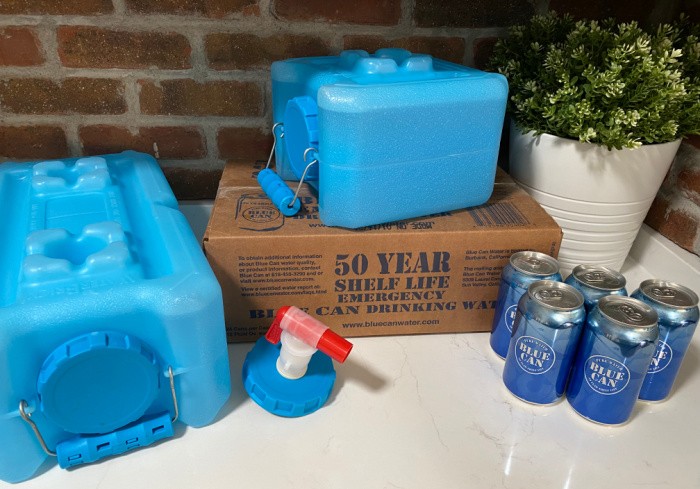
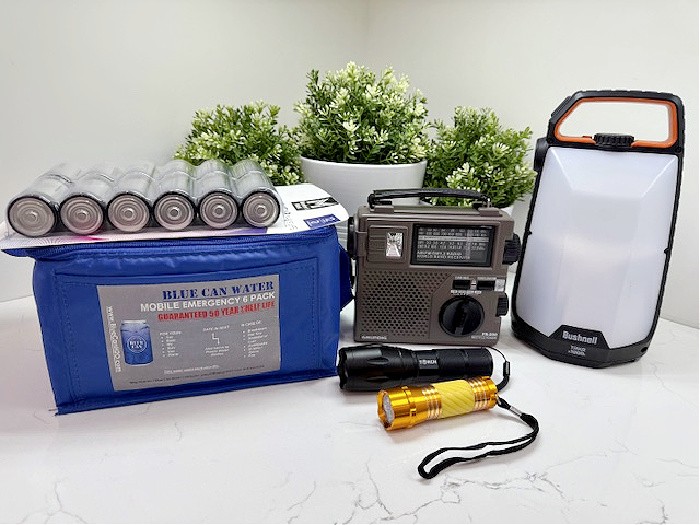
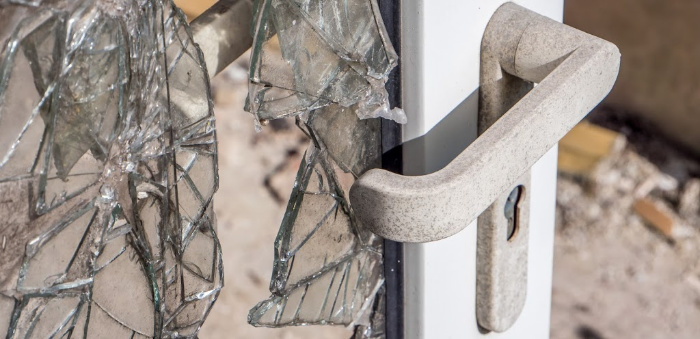
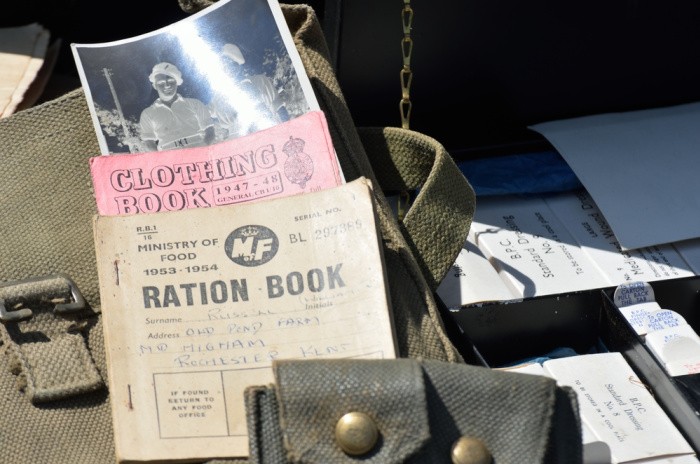

Grew up with that frozen whole milk. Hated it but not as bad as powdered milk
Hi Matt, oh my gosh, the powdered milk is the worst!! LOL! It’s fine for baking or cooking but that’s about all! Linda
I only use milk for cooking so I rarely ever buy fresh milk. I have found milk in small 8 or 10 ounce single servings and once in a while I have purchased one to have in the fridge for some recipe but generally, I just use powdered milk for my cooking.
Hi Leanne, I only buy milk for Mark and his morning cereal or I would never buy it. I do not drink milk. I like those small size bottles of milk. Linda
Just a note on powdered milk. See the book “I Can’t Believe it is Food Storeage” . She gives info. on how to use powdered milk and how to make it taste better. I have used the method and it works great! I have used her info. to teach others how to make many products with non-instant milk they didn’t think they could do and have it taste good.
Hi Cheryl, great tip! It’s funny I store Thrive Life Instant milk because it has a 25-year shelf and my husband said he would use it on his cereal in a pinch. I only store it in case I need it for baking or if I run out of milk. I will have to check that book out. Linda
I have been freezing milk for years. I just shake it well and put it right into the deep freezer.
My family uses it thawed for anything they use unfrozen milk for.
Hi Charlotte, I love hearing this! Thank you for sharing, Linda
I only use milk for scrambled eggs and French toast. And I prefer chocolate for drinking. None the less, milk of any kind is often desirable and should be kept “on ice” until needed…. (pun totally intended).
Use of our freezer should be encouraged as to avoid unidentifiable stuff that was left to rot and to promote interaction, so to speak.
Hi Frank, I Love your comment! It made me smile. Linda
Sorry, but your advice is not the best way to freeze or thaw milk.
If you get the milk in plastic jugs, remove enough milk to drop the level to the shoulder of the jug. Put the cap back on and lay the jug on its side in a chest or upright freezer. Fridge freezers are not cold enough nor temperature stable enough for even a month of storage. If you freeze the jug upright, you risk rupturing the jug as the milk freezes from the top down and the ice will bind in the jug handle, putting excess pressure on the bottom of the jug.
As for thawing, a jug of milk could take a week to thaw completely in a fridge, but your milk starts aging with the first drop of thawed milk. Your way, you lose a full week of shelf life before you even begin to use the milk.
To thaw quickly and safely, put the jug of frozen milk into a stock pot of cold water and leave on the kitchen counter. For 1/2 gal jugs, come back in 5 hours and see how large the ice ball is that is floating at the top of the jug. anything smaller than a tennis ball, and you’re done. If it’s larger, put the jug back in the cold water and come back in 30 minutes.
I’ve frozen and thawed raw goat milk for 15 years this way. For goat milk, I get 7 months of useful storage. Pasteurized milk/cow milk doesn’t seem to store as long.
Hi Ray, thanks for your tips, Linda